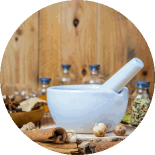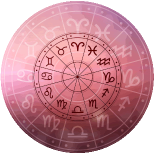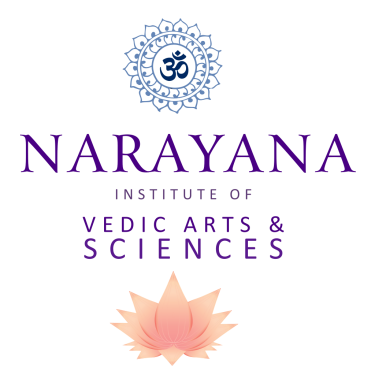Professional Vedic Ayurveda Counselor Certification
Services
Schedule for New Ayurveda Counselor Group starting Jan 14, 2024
and list of holidays, and hours of operation
Psychic face and nadi reading, chakra and personal divination services for wellness, relationships and karma.
Courses offered
Certifications
The scope of practice for this seminar course is focused on
a general well person's constitution, (Prakrti and Vikrti),
basic imbalances of doshas and, agni.
600 hours
12 modules
100 hours of internship

Classes
The scope of practice for this seminar course is focused on
a general well person's constitution, (Prakrti and Vikrti),
basic imbalances of doshas and, agni.
600 hours
12 modules
100 hours of internship

Our blog
. Narayana Institute of Vedic Arts and Sciences is a religious institution dedicated to teaching ancient Vedic arts and sciences based on Hindu Vedic scriptures of ancient India.
What is an herb or a spice? What is the difference. Why is local more important imported? lets talk about turmeric, kasuri methi (fenugreek leaves), cumin, garam masala, and chili powder, nutmeg, sage, rosemary, and star anise.













